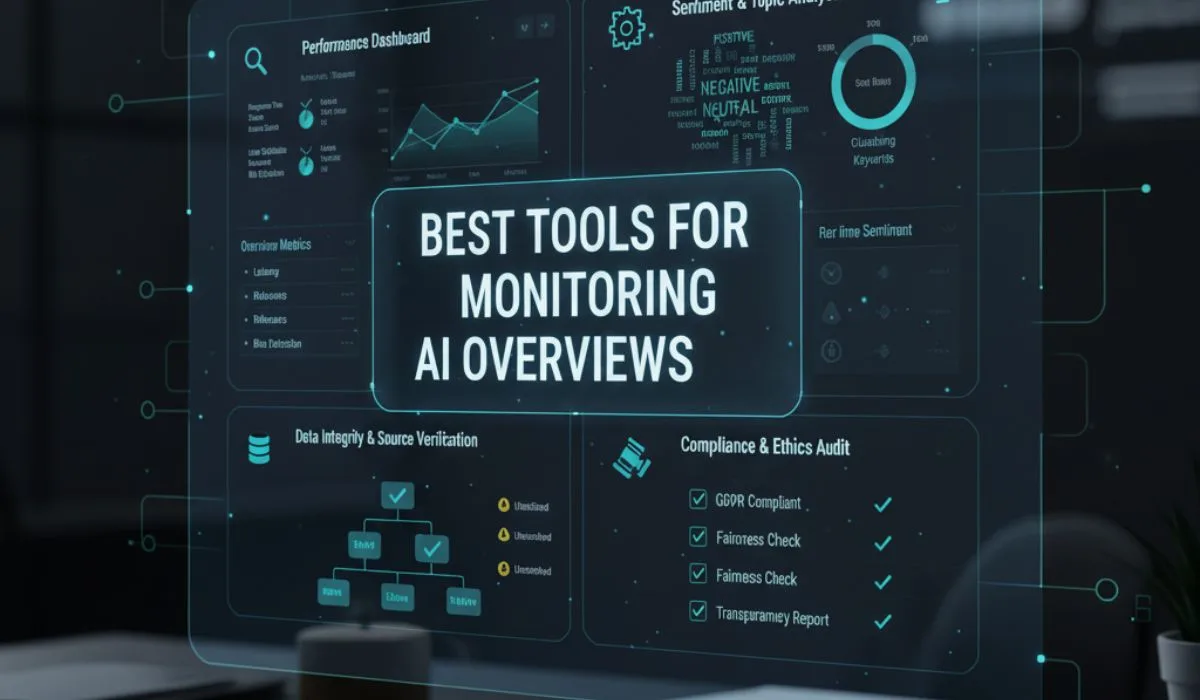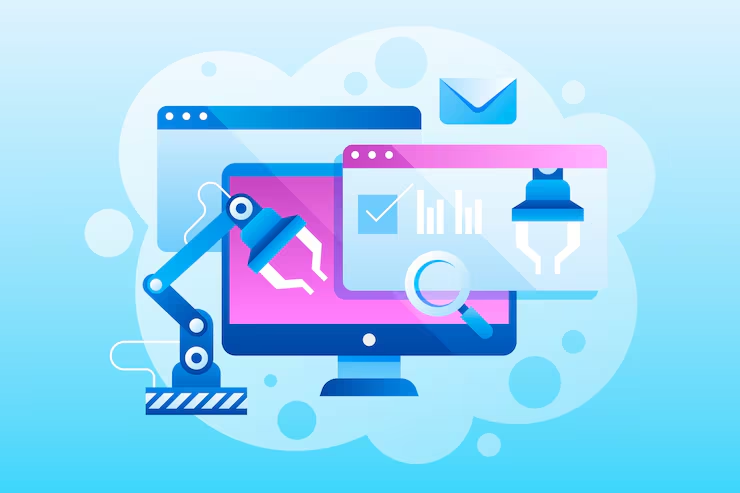
The scene of program creation is experiencing a seismic move. Gone are the days when programming was exclusively a manual, line-by-line endeavor. Nowadays, an unused course of effective colleagues is rising, on a very basic level changing how designers plan, type in, and investigate code. This change is driven by the quick progression of AI tools for coding and software development. These clever frameworks are moving from being curiosities to fundamental components of the cutting-edge developer's toolkit, promising uncommon levels of efficiency, precision, and innovation.
This article investigates the different aspects of this insurgency, looking at how AI-assisted programming tools are computerizing workflows, producing code through machine learning, and making shrewd stages that raise the whole computer program improvement lifecycle.
The Rise of AI-Assisted Programming Tools
At its center, AI-assisted programming devices are outlined to expand human insights, not supplant them. They act as a combined software engineer that never rests, advertising context-aware proposals and robotizing dreary errands. The essential objective is to free engineers from the boilerplate and snot work, permitting them to center on complex design, imaginative problem-solving, and high-level design.
These apparatuses are regularly coordinated straightforwardly into prevalent Integrated Development Environments (IDEs) like VS Code, IntelliJ, and PyCharm. They analyze the code you're composing, along with the setting of the whole extent, to give real-time completions, work suggestions, and indeed whole code squares. This consistent integration implies designers can compose code more speedily and with fewer linguistic blunders, leading to a smoother and more proficient workflow. The help ranges from basic sentence structure completion to proposing whole calculations based on a comment description.
How Machine Learning Powers Code Generation
The enchantment behind these devices was established in the machine learning code era. Advanced AI coding collaborators are prepared on colossal datasets comprising millions of open code storehouses from stages like GitHub. By handling this endless corpus of open-source code, these models learn designs, styles, and structures of different programming languages.
They do not just duplicate and glue code; they get the measurable probability of what ought to come following. When you sort a work title like calculateAverage, the demonstrator, having seen comparable designs endless times, can foresee and recommend the whole circle structure and calculation. More advanced frameworks utilize a subset of machine learning called Expansive Dialect Models (LLMs)—the same innovation behind modern chatbots—which permits them to get normal dialect prompts. A designer can type in a comment like "// work to approve an e-mail address," and the AI can compare strong work in their chosen dialect. This capability marks a noteworthy jump towards more natural and available computer program improvement automation.
Achieving Phenomenal Computer Program Improvement Automation
The effect of AI amplifies distant past composing single capacities. We are presently seeing the mechanization of whole portions of the improvement pipeline, a key drift in computer program improvement robotization. This includes:
-
Automated Code Refactoring: AI instruments can analyze existing codebases and propose optimizations, recognize code smells, and indeed perform refactoring to make strides in execution and viability without changing the outside behavior.
-
Intelligent Bug Location and Fixes: By learning from common bugs and vulnerabilities, AI can filter code as it's composed to hail potential issues, from invalid pointer exemptions to security imperfections like SQL injection. A few devices go a step further by proposing particular fixes for these distinguished problems.
-
Automated Test Era: Composing unit tests is a basic but regularly dull assignment. AI can presently naturally create comprehensive test cases to cover modern code, guaranteeing rigor and sparing designers hours of manual work.
-
DevOps and CI/CD Robotization: AI can optimize DevOps pipelines by anticipating potential integration disappointments, overseeing asset allotment, and mechanizing sending methodologies, making the whole process more productive and reliable.
This level of computerization decreases manual drudge, minimizes human blunder, and quickens discharge cycles, permitting groups to convey higher-quality programs faster.
The Biological System of Cleverly Programmed Advancement Platforms
As the innovation develops, we are seeing the rise of comprehensive and shrewdly computer program improvement stages. These are not fair single-purpose plugins but whole situations that weave AI all through the advancement of travel. They combine the capabilities of code completion, robotized testing, bug discovery, and venture administration into a bound-together, clever system.
These stages give an all-encompassing view to an extent. They can analyze necessity reports and offer assistance, break them down into specialized errands, recommend structural designs, and indeed track the advance of distinctive components while recognizing potential bottlenecks or conditions that a human venture supervisor might miss. By acting as a central apprehensive framework for the improvement group, these Cleverly computer program improvement stages are guaranteed to facilitate complex ventures with more prominent accuracy and foresight.
The Human Component: Collaboration, Not Replacement
With all this conversation of computerization, a common fear emerges: will AI supplant designers? The agreement is a resonating no. The genuine control of AI tools for coding and software development lies in collaboration. AI exceeds expectations at taking care of monotonous, well-defined assignments and creating standard code designs. Be that as it may, it needs the nuanced understanding, imagination, and key considerations that human engineers bring to the table.
A developer's part is advancing from an immaculate coder to a conductor of a shrewd ensemble. The future engineer will spend more time:
-
Curating and directing AI yield, guaranteeing the created code is ideal, proficient, and adjusted with commerce goals.
-
Designing complex frameworks and high-level architecture.
-
Solving novel issues that need pre-existing cases in preparing data.
-
Understanding client needs and interpreting them into specialized prerequisites that the AI can execute.
The cooperative energy between human instinct and AI's computational control is where the most noteworthy pickupswill be made.
The Future Is Intelligent
The selection of AI-assisted programming tools is still in its early stages, but the direction is clear. As models end up more advanced and preparing information develops, we can anticipate indeed more significant levels of program advancement and computerization. Future apparatuses might naturally create whole microservices from a detail, proactively discover and settle execution relapses, or consistently interpret an application from one programming dialect to another.
The period of brilliantly coding is here. By grasping these AI tools for coding and software development, designers and companies can open unused levels of productivity, diminish time-to-market, and construct more solid and complex programs than ever before. The key is to see these devices not as a danger, but as the most capable partners in a developer's continuous journey to turn inventive thoughts into computerized reality.




